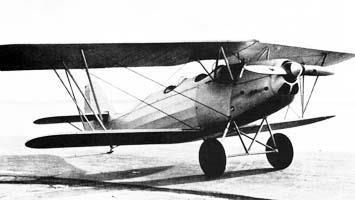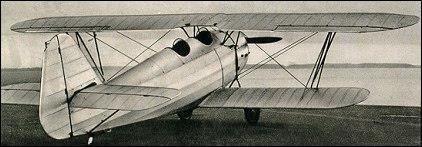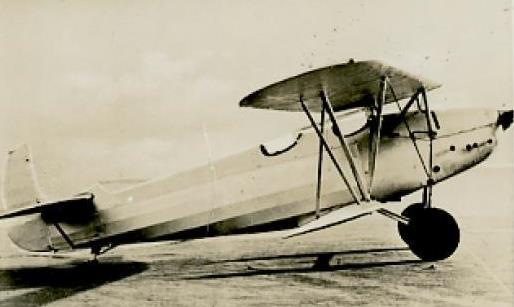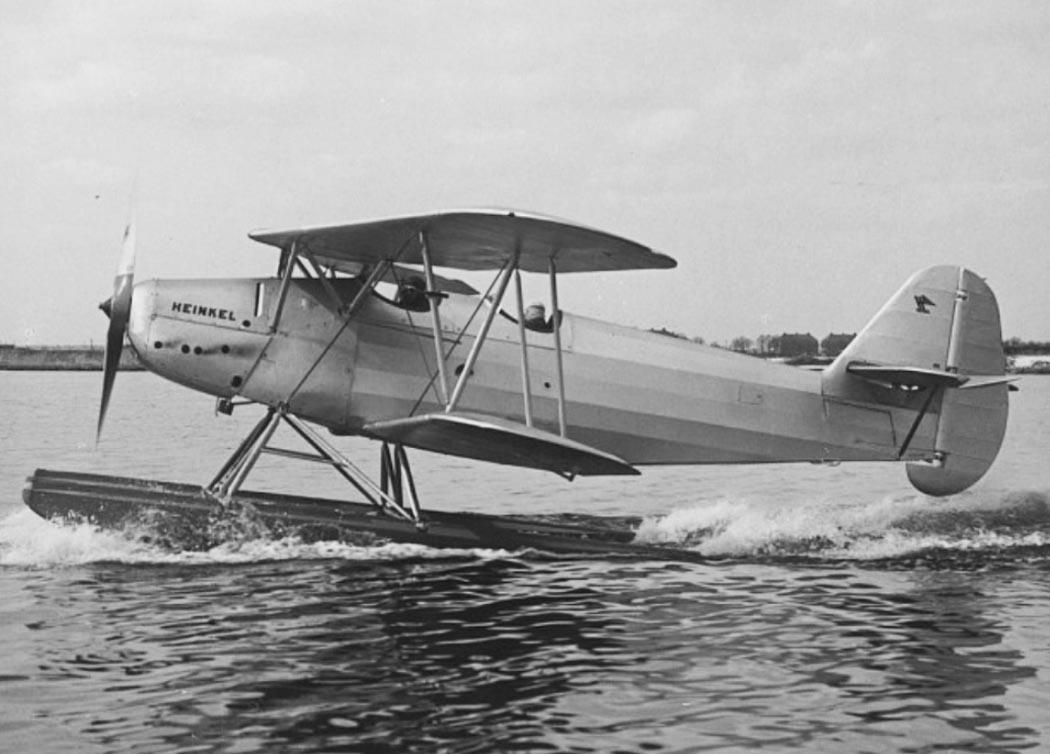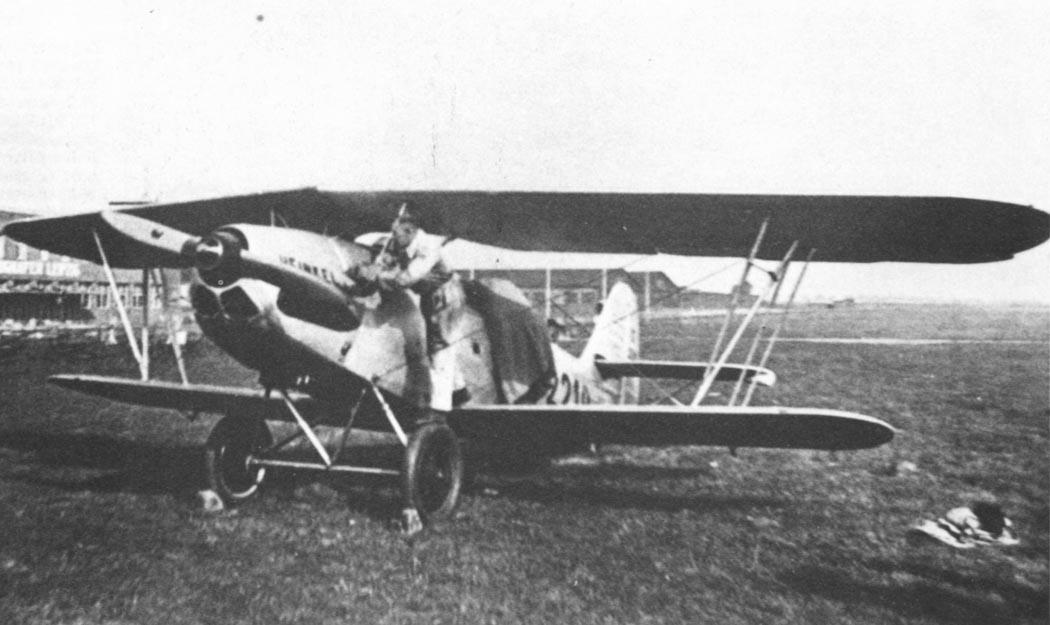| Type | HD 63A Two seat trainer | HD 63AwTwo seat trainer seaplane | HD 63W Two seat trainer seaplane |
| Engine | 1 Argus As 10C | ||
| Dimensions | Length 8,20 m , height 2,70 m , span 10,80 m , wing area 24,4 m2 , | Length 8,65 m , height 3,63 m , span 10,80 m , wing area 30,36 m2 , | |
| Weights | Empty 820 kg, loaded 1250 kg , max. take off weight | Empty kg, loaded kg , max. take off weight | Empty 1000 kg, loaded 1400 kg , max. take off weight |
| Performance | Max.. speed 201 km/h at 1000 m, 188 km/h at sea level, 195 km/h at 2000 m, cruising speed 190 km/h, range 1100 km, endurance , service ceiling 3500 m , climb to 1000 m 5 min. 12 sec., to 2000 m 12 min. 42 sec., to 3000 m 22 min. 24 sec. | Max.. speed km/h at 1000 m, km/h at sea level, km/h at 2000 m, cruising speed km/h, range km, endurance , service ceiling 3500 m , climb | Max.. speed 177 km/h at 1000 m, climb to 1000 m 8 min., to 2000 m 19,7 min. range 1100 km, service ceiling 3000 m, endurance 3 h |
| Armament | Optional :1 front fixed 7.92 mm MG-17 machine gun | ||
| Type | Werk.Nr | Registration | History |
| HD 63A | 401 | D-2219, D-IKIT | |
| HD 63A | 407 | D-2329 | |
| HD 63A | |||
| HD 63A | |||
| HD 63Aw | 402 | D-2263 | Sea plane, single seat, larger rudder |
| HD 63Aw | Sea plane, single seat, larger rudder | ||
| HD 63Aw | Increased span lower wing 10,8 m, wing area 30,36 m2 | ||
| HD 63Aw | Increased span lower wing 10,8 m, wing area 30,36 m2 | ||
| HD 63Aw | Increased span lower wing 10,8 m, wing area 30,36 m2 | ||
| HD 63Aw | Increased span lower wing 10,8 m, wing area 30,36 m2 |
